THE CONTEXT
WHAT ARE CRITICAL RAW MATERIALS? (CRMs)
Raw materials are crucial to Europe’s economy and essential to maintaining and improving our quality of life. Securing reliable and unhindered access to certain raw materials is a growing concern within the EU and across the globe. To address this challenge, the European Commission has created a list of Critical Raw Materials (CRMs). CRMs combine a high economic importance to the EU with a high risk associated with their supply. Examples of CRMs include rare earth elements, cobalt and niobium.
Periodically, the European Commission publishes a list of CRMs based on a criticality assessment at EU level on a wide range of raw materials. The first list, published in 2010, contained 14 CRMs. The revised list published in 2014 included additional CRMs reaching a total of 20 CRMS. The 2017 list reached 27 materials.
In 2020 Bauxite, lithium, titanium and strontium are added to the list for the first time. Helium remains a concern as far as supply concentration is concerned, but is removed from the 2020 critical list due to a decline in its economic importance. The Commission will continue to monitor helium closely, in view of its relevance for a range of emerging digital applications. It will also monitor nickel closely, in view of developments relating to growth in demand for battery raw materials.
In 2023, a fifth list of 34 CRMs was published in the Annex II of the Regulation proposal COM(2023) based on the Study on the Critical Raw Materials for the EU 2023 – Final Report.
The assessment screened 70 candidate raw materials, comprising 67 individual materials and three materials groups: ten heavy (HREEs) and five light (LREEs) rare earth elements, and five platinum group metals (PGMs). Four new materials were assessed: neon, krypton, xenon and roundwood. Titanium metal has been assessed in addition to titanium. Aluminium and bauxite have been merged for consistency reasons. Copper and nickel do not meet the CRM thresholds but are included on the CRM list as strategic raw materials in line with the Critical Raw Materials Act.
The list of CRMs should help:
Determining the criticality of a given material relies on the quality and the comprehensiveness of the data to be used in the calculation of both the supply risk and the economic importance. Collecting and analysing these data and assessing their quality is a huge and complex work, in particular in a context where more and more raw materials are used in advanced technologies and where these new technologies arrive faster and faster on the market and are sometimes replaced by a new one even faster. The work requires more and more effort and requires a wider and wider range of expertise along the value chain from the mine to the final products and increasingly to recycling; too broad to be adequately covered by a single organization.
Latest news
Events
SCRREEN Symposium – 30th March 2023 Ljubljana – Final Agenda & Presentations
We are gald to announce the SCRREEN Symposium! A full-day
5TH EU CRITICAL RAW MATERIALS EVENT
The Critical Raw Materials (CRMs) event offers an opportunity
Clean and Connected. The Materials’ Dimension of Mobility by 2030: a SCRREEN satellite workshop
On Wednesday, 29 June 2022 in the frame of EIT RawMaterials
Addressing Critical Mineral Supply Chain Vulnerability: A Transatlantic Conversation
On 26 April 2022 at 10:00 AM ET / 16:00 PM CEST, the
4th CRM Day Event
SCRREEN project had the great pleasure of organising together
SCRREEN Workshop 20-22 October
The first SCRREEN workshop of 2021 has been held in Brussels
SCRREEN2 project kicks off
PRESS RELEASE The EU is highly dependent on critical raw
Presentations from the 3rd EU critical raw materials event now available!
It was a good opportunity for the raw materials community to
The 3rd edition of SCRREEN’s Critical Raw Materials event is now open for registration
The 3rd edition of the Critical Raw Materials event will be
SCRREEN WEBINARS: Current situation of the use and substitutability of CRMs
Background Raw materials are crucial to Europe’s economy and
More information
Follow us on Twitter
In this context, SCRREEN3 will…
provide expert advice in support of decision-making at the EU level covering all the raw materials and their value chains screened in the CRM 2023 assessment exercise
contribute to improving EU official statistics and to further building the EU knowledge base on primary and secondary raw materials
SCRREEN3 is built on the basis of SCRREEN and SCRREEN2 but is reshaped to answer the new challenges
SCRREEN network already supported DG-GROW in the 2023 criticality assessment exercise
the direct involvement of EIT RM (including the International Round Table on materials Criticality), ESM, EGS, REIA and PROMETIA will highly contribute significantly to the success of the project
SCRREEN3 Network will collect and analyse data in order to keep updated the EU Factsheets related to all raw materials screened in the CRM assessment of 2023
in parallel, the Network will support the Commission in the foresight analysis of the future supply and demand of raw materials, technology gaps and innovation potential along the raw materials value chains


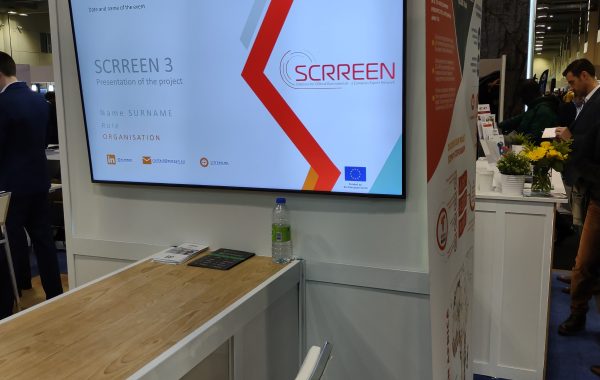
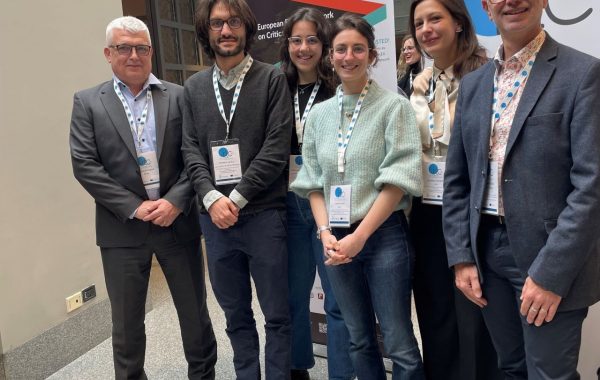
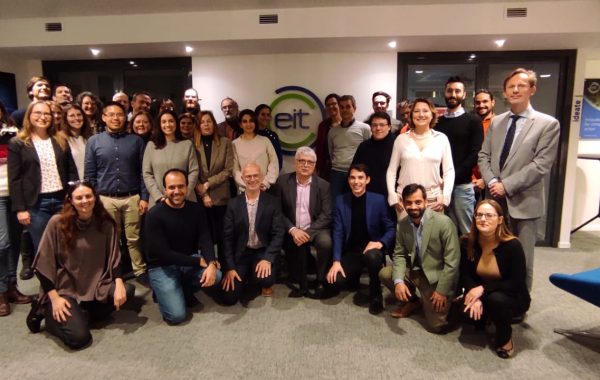
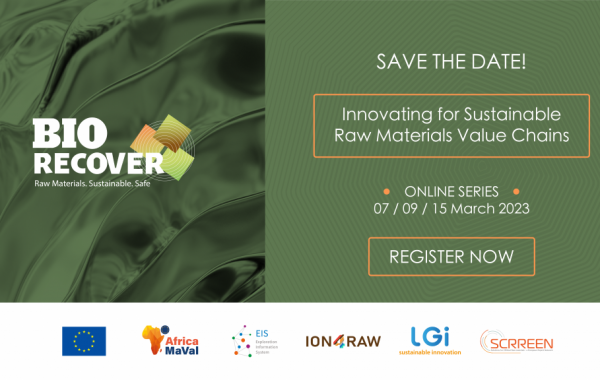

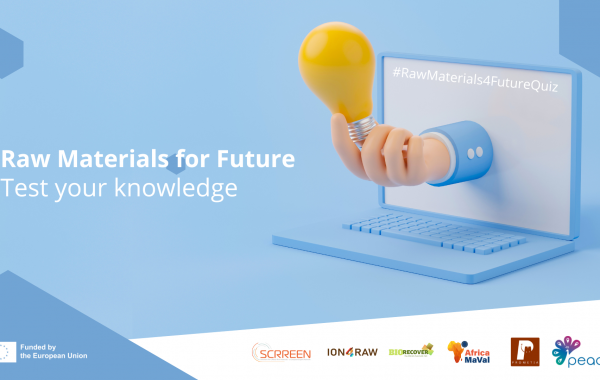
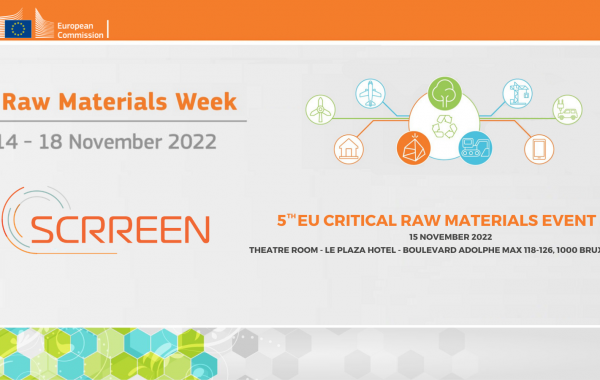
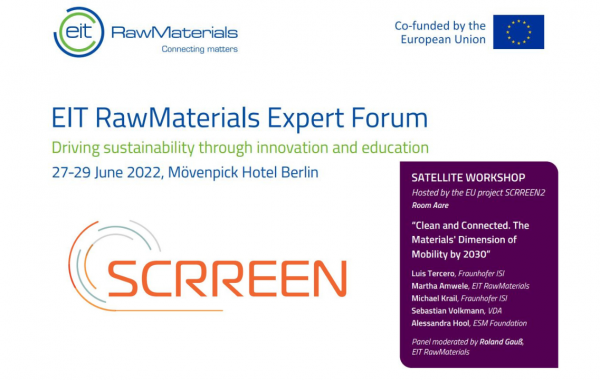
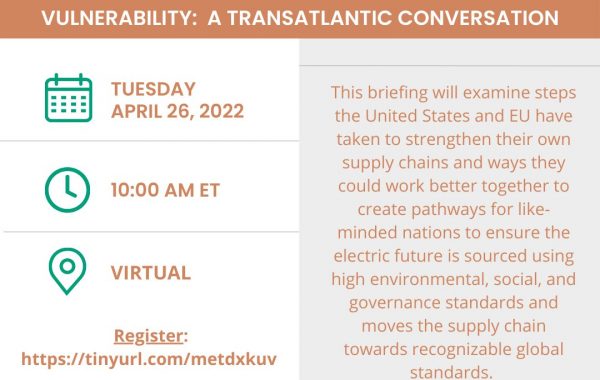



 The SCRREEN3 project has received funding from the European Union's Horizon Europe Research and Innovation Programme under Grant Agreement N° 101138060
The SCRREEN3 project has received funding from the European Union's Horizon Europe Research and Innovation Programme under Grant Agreement N° 101138060